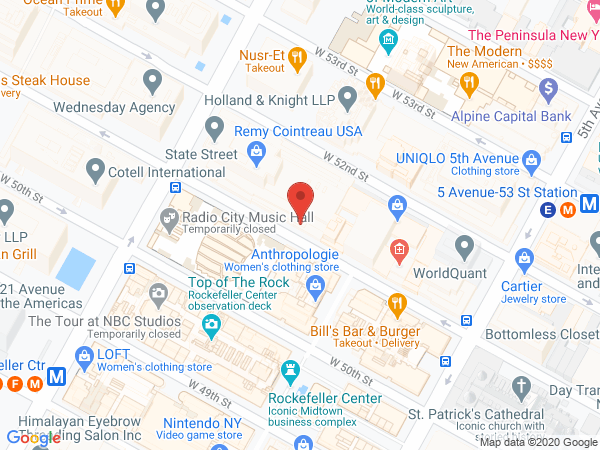Musculoskeletal Ultrasound
Orthopedic and Sports Injuries

Make an Appointment
Request an appointment with a musculoskeletal radiologist by phone or online. View our locations.
Musculoskeletal (MSK) ultrasound is a powerful and painless tool used by radiologists to provide real-time images of muscles, tendons, ligaments, nerves, and cartilage throughout the body.
MSK ultrasound is particularly helpful in the diagnosis of orthopedic and sports injuries such as rotator cuff tears, and chronic conditions such as rheumatoid arthritis. Sometimes, pain or injury is triggered by movement, which cannot be captured in a static image. Ultrasound is performed in real time and can provide information that cannot be detected by any other imaging method. It has the added advantage of being radiation-free.
Our highly trained musculoskeletal sonographers perform the exams in a comfortable setting, using your feedback to help pinpoint the problem area. After the exam, our board-certified musculoskeletal radiologists interpret the images and communicate the results to your doctor, who will use them to guide treatment.

Ultrasound imaging room at ColumbiaDoctors midtown offices.
Diagnosis and Treatment of a Range of Conditions
MSK ultrasound is used to diagnose a wide range of injuries and chronic conditions, including muscle tears, tendonitis, bursitis, joint problems, rheumatoid arthritis, and masses such as tumors or cysts.
MSK ultrasound is also used by musculoskeletal radiologists to guide injections and procedures, because it allows for real-time visualization of the joints and soft tissue. Because the exact location of the injection is important to success, procedures such as Morton's neuroma injections, steroid injections, and barbotage are guided by MSK ultrasound.
How do I prepare for the exam?
On the day of the exam, wear comfortable clothes. You may be asked to change into a gown when you arrive at the ultrasound exam site. No special preparation is needed.
What will happen during the exam?
During a MSK ultrasound, the sonographer may ask you to sit on the exam table, on a swivel chair, or lie face up or face down. We will apply a small amount of warm gel to the area being examined. The sonographer will then glide the ultrasound transducer (wand) over your skin to capture images of the tissues below, which are then sent to a computer.
During the exam, we may ask you to move the joint or limb being examined in order to evaluate the function of the joint, muscle, ligament, or tendon.
An ultrasound exam is typically painless, and takes between 20 and 30 minutes to complete.
Are there any risks?
Ultrasound does not require the use of ionizing radiation, special dyes, or anesthesia and has no known risks or side effects.
After the exam
After the exam you can immediately resume your normal activities. A radiologist will analyze the ultrasound images and share the results with your doctor. Your doctor will then discuss the results with you.
